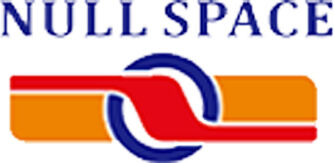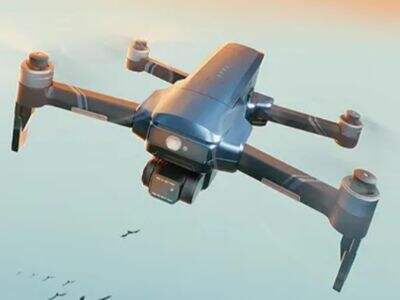Droneid on nagu lennava robot, mida kasutavad põllumehed taimede hooldamiseks. Kas oled näinud dronei, mis hõljuvad õhus? Ja need imelised metallloomad aitavad meie põllumeestel kasvatada paremat saaki. Üks kindel liik dronei, mis on üsna kasulik inimestele, kes kasvatavad asju, on teada kui pöörleva tiibu drone. See imeline drone saab minna otse õhku nagu helikopter. Miks vajavad põllumehed siis just sellendeid droneid?
Taimestiku hooldamine
Taimede hooldamine tähendab nende kasvatamist suureks ja terviseks. Põllumehed peavad tagama, et nende taimed saaksid piisavalt vett, päikesevalgust ja toiteaineid, et hästi kasvada. Pöörduvvõimseliste dronide abil jälgivad põllumehed oma saaki taivaalt. Need lennukita droon lendavad üle väelde ja teevad erikameratega fotod taimedest. Põllumehed saavad isegi hinnata, kas saak vajab rohkem vett või kui seal on mõni putukas, mida tuleb parandada, lihtsalt neid pilte vaadates.
Väikeste põldude dronid
Mõned põllud on tohutult suured, teised väikesed. Väikestes põldudes, kus pole piisavalt ruumi suurtele masinatetele töötada, võib see olla keeruline. See võib põllumehi muretsemma teha, kes hoolitsevad oma saagi eest. Kuid pöörduvvõimselised dronid on suurepärased väikeste põldude jaoks. Ja kuna need Kaamera drone saavad sirgelt üles tõusta, ei vaja nad lennuks suurt ala. Nad saavad hõlpsasti väikeste põldude kohal hõljuda ja aidata kaasa põllumeeste saagihoolimisele.
Aitavad põllumehel teha õiglasi otsuseid
Täpsema põllumajanduse tähendab, et talunid kasutavad uusi tehnoloogiaid, et iga taimsai saaks selle, mida ta vajab. See võimaldab talunil kasvatada rohkem toitu vähema veega ja vähem keemiliste ainetega. Pöörduvate tiibadega droonidel on täpsema põllumajanduse valdkonnas oluline roll, kuna nad pakuvad talunitele väärtuslikku teavet nende saagist. Lendades üle väli- ja aiamajanduste ning andmete kogumise käigus annavad need droon aidsata talunil oma taimede hooldamisel targemaid otsuseid teha. See on ka keskkonnale hea: see tähendab vähem jäätmeid.
Kuidas talunikud kasutavad droone
Võib-olla oled huvitatud, kuidas talunikkud rakendavad igapäevaelu pöörduvate tiibadega tuulelennukeid. Asi on lihtne. Talunikkud teavad juba enne lennu alustamist, kuhu nad soovivad lennuki saata. Nad kasutavad lennukite jaoks lennukavande koostamiseks arvureid, määrates täpselt, kuhu lennata ja mida vaadata. Kui lennuke on õhus, siis see liigub mööda ette nähtud marsruuti ning teeb pildi põllukultuuridest alt üles. Seejärel võivad talunikud neid pilte analüüsida ning otsustada, kuidas taimi tervislikus seisus hooida.

